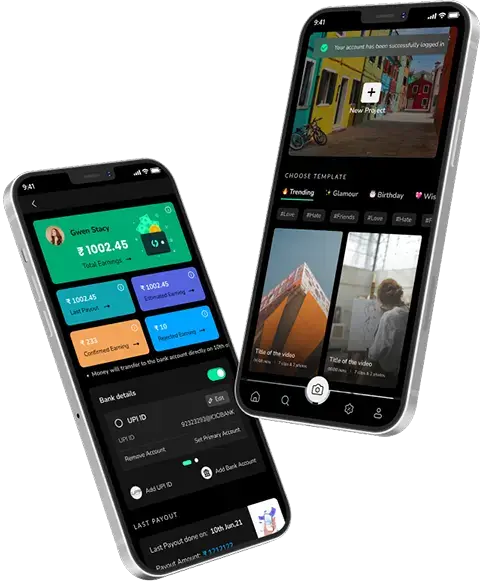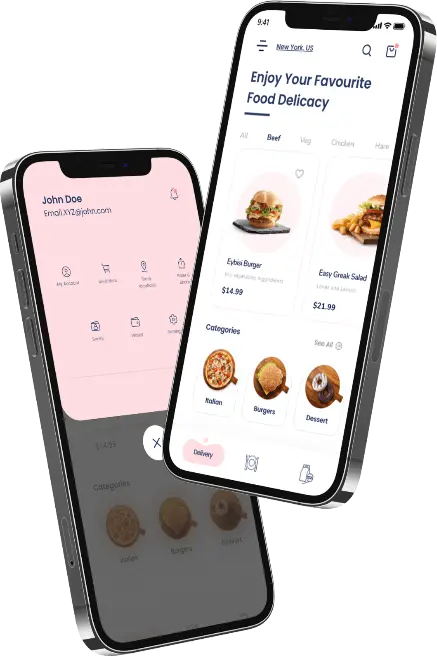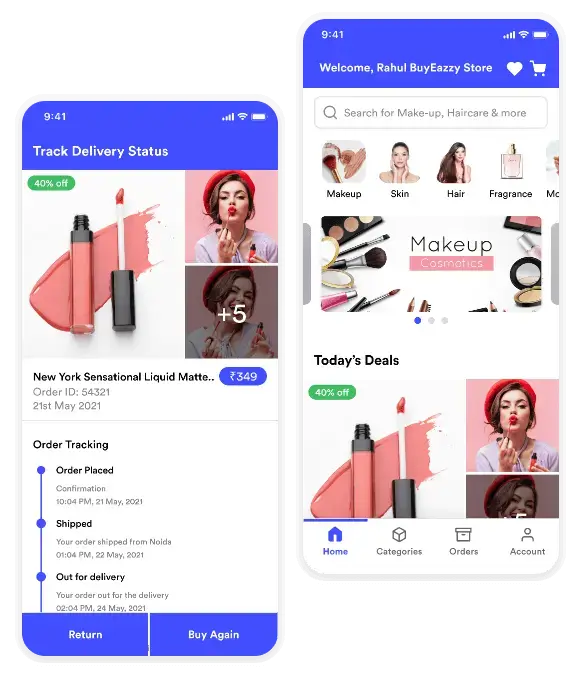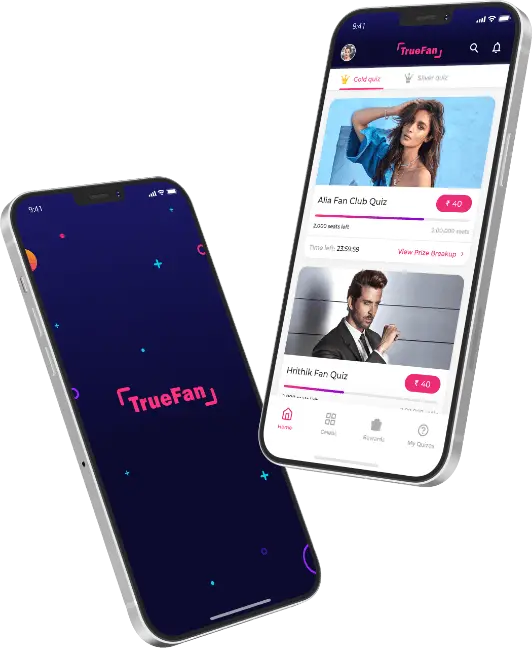7 Feb 2023
How can Creative Industries benefit from NFT and Blockchain?
Surbhi Bhatia
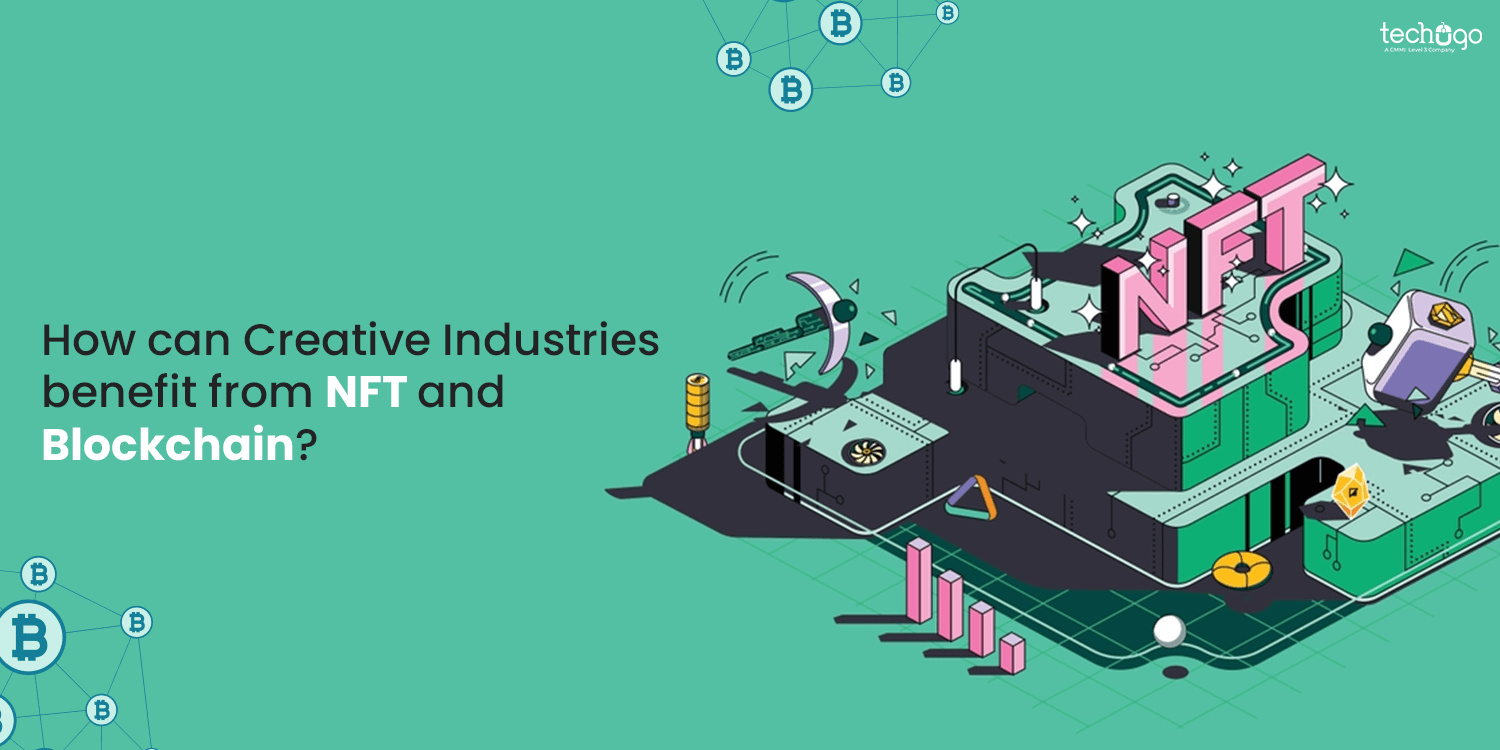
The current communication model for creative industries could be more active because of its weaknesses. While it may not be fully interactive, it does remain hierarchical and mediated. This research provides a deeper understanding of the characteristics of decentralized technologies, including non-fungible tokens, and a comprehensive overview of their potential impact on communication in creative industries.
In economics, the term “non-fungible” denotes unique objects in possession and things that can’t be replaced because of their unique properties. A token is a record that can be used to denote an account. It is created by smart contracts using a computer algorithm. The records contain the value of all charges. This allows for the transfer of funds from one wallet to the next. These cryptographic tokens can be used to represent digital files, images, and audio, as well as video, audio, and video game collectibles. Each NFT token collected is unique and limited in number, unlike cryptocurrency.
This research was motivated by the academic literature needing a systematic and concrete review of the state-of-the-art non-fungible tokens and their implications for communication within creative industries. We address this issue by asking the following questions: (i). What are the potential and benefits of distributed ledger technology, blockchain, and NFTs in creative industries? (ii) What has their spread and emergence in recent years changed the principles of communication
Want to learn more? Continue reading this article!
Also Read – Blockchain Has Revolutionized The Future Of Micropayments
Market Overview
Both buyers and sellers in the art market are seeking profit. As a result, the global art market was at its second-highest level in 10 years in 2018. Art Market 2020 provides an in-depth analysis of the major trends in the international art market. This report also highlights other significant developments over the past year. Here are some more interesting statistics.
- The global sales of antiques and art reached $64.1 billion. This is a decrease of 5% compared to the previous year.
- Millennials dominate the art market. They spend six times as much as boomers.
- Women are more likely to collect art than men and spend more on it.
- In 2019, the USA, UK, and China still held the largest share of global sales.
- The gallery and dealer industry saw sales of $ 36.8 billion in 2019, an increase of 2% over the previous year.
- The 2019 public auction sales of antiques and fine and decorative art reached $24.2 billion, a 17% decrease compared to 2018.
- In 2019, art fair sales reached $16.6 million.
Another exciting discovery is that online sales, specifically via blockchain technology, drove significant art sales. What is the reason? The reason is simple: the middlemen are replaced by reliable, impartial, efficient, cheaper machines. In addition, blockchain implementation has allowed the art industry to become more inclusive and democratic, making it easier for art lovers to access works of art.
What is NFT Art?
NFT stands for Non-Fungible Tokens. What exactly are fungible tokens and non-fungible tokens? Before you move forward, it is important to understand them.
The term fungible refers to things that can be exchanged. Currency notes, for example, are fungible as they have the same value. Each of the 100-dollar bills is the same in value and can be exchanged. What note you choose to pay for your purchased items doesn’t matter.
If a celebrity signs the 100-dollar bill, it will be distinctive. Because it is not fungible, its value will increase in an instant. Non-fungible art, digital art with only one owner, can be found online or offline.
NFT Art is valuable because it determines its owner. Even if an NFT Art piece is resold many times or traded hands, it remains the original owner. Of course, this was different when digital copies were available online, but people needed to learn the owner.
An NFT is a digital or computer file of artwork, video, article, me, Crypto logo, or an original photo. It’s like an investment. The environment can affect it, and its value may decrease or increase.
How do you create an NFT?
First, create your crypto wallet to sell and create your NFT art. This wallet will be stored in Ethereum, and you will have to pay a minting fee. Then, connect your crypto wallet to the NFT marketplace of choice.
You can upload your NFT digital works to the marketplace and sell them online. The most popular NFT marketplaces are OpenSea and Rarible.
You can place your artwork in these marketplaces as 1 to 1, meaning that only one artwork will be available for sale and exhibition. You can upload multiple copies of your artwork. Keep in mind that artworks made from rare materials, such as paintings or other works of art, will have a higher value than multiple copies.
Blockchain’s Benefits for the Artistic Industries
If appropriately used, blockchain app development can be a boon for artists. Here are the facts.
1. Promoting dynamic pricing
The price of creative content can change by reducing its negative effects. However, this will have a negative impact on the artist’s ability to generate revenue and gain the recognition they deserve.
However, with blockchain technology, no one else can make any changes anywhere. Therefore, you can also set prices directly without using intermediaries.
2. Smart Contracts
Smart contracts can be created using blockchain to allow everyone to manage digital rights. It will also make it easier to distribute overall revenue shares to all your contributors faster.
You can also create a royalty system within your artistic endeavor. This will make it easier to develop and provide fairer terms for everyone.
But how does the system work?
The technology will attach an intelligent agreement to all your artistic endeavors. The contract will allow you to split the payment and send it to everyone who has purchased items from your collection.
3. Enabling Micromonetizing
You can only purchase single tracks from digital stores like Amazon Music and iTunes. This is why micro monetizing and micromanaging are not possible.
Blockchain technology can change this situation. For example, you can monetize small snippets from your music by integrating them into the system.
You can sell a few seconds of your song and use it in a movie trailer. This will make managing it easier and allow you to generate quick revenue.
4. Transparent transactions
The core technology of blockchain technology cannot be altered, as we have already said. It will therefore be impossible for anyone to change the course of transactions.
Blockchain will make the process easier by securely attributing ownership to work. Every product will have a cryptographic ID, which can be verified using the technology.
This is why the content’s ownership cannot be transferred unless you pay the correct price.
How will Blockchain Tech Nurture the Creative Economy?
Three ways Blockchain technology can foster the creative economy are discussed.
Transparency, authenticity, ownership, provenance, and copyright have been significant issues for the art industry for a long time. Importantly, the art market has historically been restricted to wealthy individuals who can spend millions on art. However, art is meant to be enjoyed by everyone and should not be restricted by economic or social boundaries.
The artistic challenges are almost over with blockchain on the horizon. Amazing and innovative blockchain solutions are being developed and successfully implemented within the art industry. They are transforming the way art is bought, sold, and supported.
Let’s take an in-depth look at how blockchain changes the art world.
Also Read – Real-World Use Cases Of Blockchain Technology
1. Digitally created art
Computer-produced art doesn’t surprise anyone. The possibilities are endless, from sketching to photoshopping to GIF animations.
This art can be made much easier and authenticated by blockchain. Many people also consider blockchain games and collectibles to be digital art.
2. IP Protection
Blockchain’s potential to protect IP in the creative economy has many benefits. Smart contracts will allow artists to manage their rights, and creators will be able to control their partnerships and track where their content is going.
Blockchain provides an immutable record that records IP protection and transactions. However, it is difficult and time-consuming to enforce copyright laws. Blockchain allows artists to have greater control over their content and enforce copyright laws when they are not theirs.
This gives content creators greater control over their content and legal processes.
3. Artists and other creatives have improved control
Artists, especially musicians, can lose substantial money when using traditional processes.
Blockchain could allow them to manage, control, and distribute their content autonomously. They would also be able to receive instant payments, which is hugely advantageous for small creators.
4. Permissions granted and revenue earned
Blockchain allows artists to eliminate intermediaries and give permission almost immediately to use their content in exchange for transparent and fast payment. This eliminates the need for intermediaries and will enable artists to receive transparent, quick compensation in return for their content.
Creativity drives growth. Business leaders who embrace creativity in their daily work foster the economy and encourage innovation. Through imagination, companies drive innovation and transformation. The creative economy is not limited to content creators. All of us will benefit from positive changes in IP and intellectual exchange.
5. Buy artwork using cryptocurrency
It is possible to use cryptocurrency for transactions in the purchase of works of art. You can transfer large amounts to anyone you wish at short notice. This is the best part. You don’t need to use banks to authorize your transfer.
6. Blockchain art source
Art buyers can now verify the history of their previous owners using blockchain art verification. Blockchain technology has the advantage that it’s immutable. This makes it difficult for anyone to falsify or forge the provenance of an art piece once it’s been listed on the blockchain.
7. Art made more affordable
Blockchain makes it possible to purchase digital art from the artist directly. It is also the cheapest and easiest way to collect art. Today, it is possible to buy an original work of art online for as low as $10. The file you get is not a reprint of the original artwork. This is an original, verified copy and is part of a limited edition.
8. Digital galleries
It is almost certain art galleries will be around for the foreseeable future. Art galleries will remain a popular place to visit, regardless of how digitalized our world becomes. Blockchain has brought some innovation to this area. Blockchain art allows you to create an art marketplace, a DAO (Data Access Object), which is entirely anonymous. It relies on smart contracts to execute art trades.
9. Expanding the boundaries of art
The art industry has been shaken by technology. The possibilities of art have been expanded by technology. Anime Coin(ANI) and MS Paint can now be sold on digital markets. Some people consider these items valuable and exceptional masterpieces and will spend large sums of cash to acquire them.
Also Read – How Blockchain Is Leading Businesses To A Progressive Change?
The Artistic Industry Has Its Challenges
Blockchain technology is not only positive but also has its negatives. Here are the facts.
– Promoting an Artist through Blockchain can be difficult, at least at this stage of development. This is why you need to employ a traditional agent instead of automating the system.
– Currently, technology cannot allow you to place your content directly on the blockchain. It will also be difficult to store the metadata depending on the way you wish to serve it.
– You may have governance issues if you choose a private blockchain to serve your purpose. Sometimes, permission rights issues can become too complicated.
Conclusion
Even though the combination of art and blockchain may seem strange or unbelievable, you might now see how they coexist. The most lucrative and profitable investment field has been art for a long time. It can be challenging to get into this market since the most valuable pieces are often expensive. The industry has also faced problems with counterfeiting, fraud, and other issues regarding the provenance and value of works of art.
Even such a complex industry as the art market has been unable to resist blockchain’s influence. Today, this revolutionary technology is changing how people buy, sell, create, and collect. Blockchain is set to continue shaping the art market and address issues such as provenance, authenticity, transparency, copyright, and art forgery.
When you decide to use blockchain in art, ensure that you have a trusted and skilled team of Blockchain app developers. Fortunately, Techugo– a CMMI Level 3 company is there for you! The combination of “Your Vision + Our Professionalism” will result in the desired result; you can be confident.
Get in touch.
Write Us
sales@techugo.comOr fill this form


